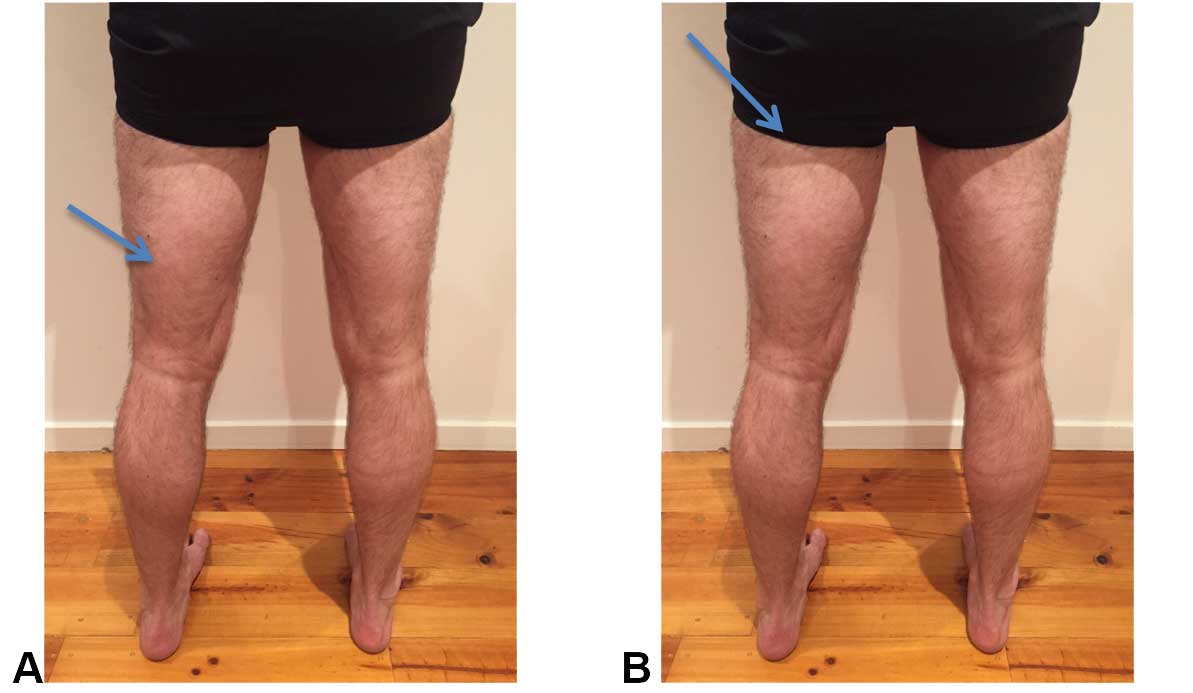We have all seen the classic hamstring injury where the sportsman or sportswoman puts in a sudden burst of speed towards a ball or away from an opposing player only to suddenly grab the back of their thigh with a grimace of pain etched across their face.
These injuries are very common in the sporting arena with studies showing hamstring tears being the most common soft tissue injury of all sports injuries. In the AFL they have been found to account for 16% of all injuries and 11% of all injuries in cricket.
There is a plethora of research into both the risk factors and the management protocols of hamstring injuries and yet they still fill up the treatment rooms of both professional and amateur sporting teams.
Risk Factors
As a physiotherapist an important part of our management is to be aware of the risk factors associated with these injuries and minimize them where possible.
Areas such as muscle strength, muscle imbalances, ankle mobility, biomechanics and endurance have been shown to have significant roles in hamstring injuries and they are areas that we can control with specific strengthening, conditioning and mobility programmes.
Other risk factors such as age, previous injury and the architecture of muscle tissue are out of our control but still need to be taken into account.
Assessment
When a hamstring injury first comes into the clinic there is pressure on the physio to get the patient back to their sport or back to their workplace as soon as possible. Unfortunately all soft tissue injuries need to be allowed time for the body to heal them and there is generally very little that can be done to speed this process up. Depending on the severity of the tear these time frames can vary, with a low grade tear taking only a couple of weeks to a higher grade tear taking over 3 months.
Depending on where in the muscle complex the tear has occurred will also be a factor in how long it takes for the patient to return to their activity. For example a tear near the top of the muscle where it joins into the pelvis and where the fibers are more tendinous will generally take longer to heal than a tear in center of the muscle belly.

A tear in the muscle belly (as shown by the arrow in pic A) will have a greater healing capacity than a tear which is nearer the insertion of the muscle (arrow in pic B). One of the reasons for this is the greater blood supply in the muscle belly compared to at the insertion.
A thorough assessment with your physiotherapist should be able to differentiate between these different grades of hamstring injuries and the different regions where the injury has occurred. From which an initial treatment plan and an expected time frame for return to sport (or work) can be set.
Treatment and Conditioning
The general acronym for the management of soft tissues injuries is PRICE standing for Protection, Rest, Ice, Compression and Elevation. This blue print for the initial management of these injuries has stood the test of time well and is a good way of managing early hamstring tears. However the current research looking specifically at hamstring injuries suggests that they respond positively with early movement and mobilization as this promotes early muscle regeneration. Therefore following the acute stage of a hamstring injury (generally after the first 24hrs to 3 days) the acronym commonly used for ongoing management is POLICE, which stands for Protection, Optimal Loading, Ice, Compression and Elevation.
As the hamstring improves and can tolerate more load a graded loading and mobility program is essential for a return to sport or the workplace. A study comparing a purely stretching and strengthening program to an agility and trunk stabilization program found the latter to be far superior in preventing recurrence of hamstring tears. This program needs to be tailored to each individual and to the movements and loads that are associated with the activity they are wanting to get back too.
Summary
To summarize, hamstring tears are one of the most, if not the most, common sporting injury. There are a long list of risk factors which will make you more vulnerable to injury. Some of these can be managed through specific exercises, strengthening and mobility programmes. Others we cannot change but we also shouldn’t ignore. The correct diagnosis of the type and severity of injury is then vital to ensure you can undertake the most suitable management plan enabling a return to activity and minimizing the risk of re-injury.
I hope this is of some help to people who have had or are having hamstring issues. It is certainly beneficial to get professional help through this process from physiotherapists or sports doctors in order to get back to sport as quickly as possible while minimizing the risk of future injury.
